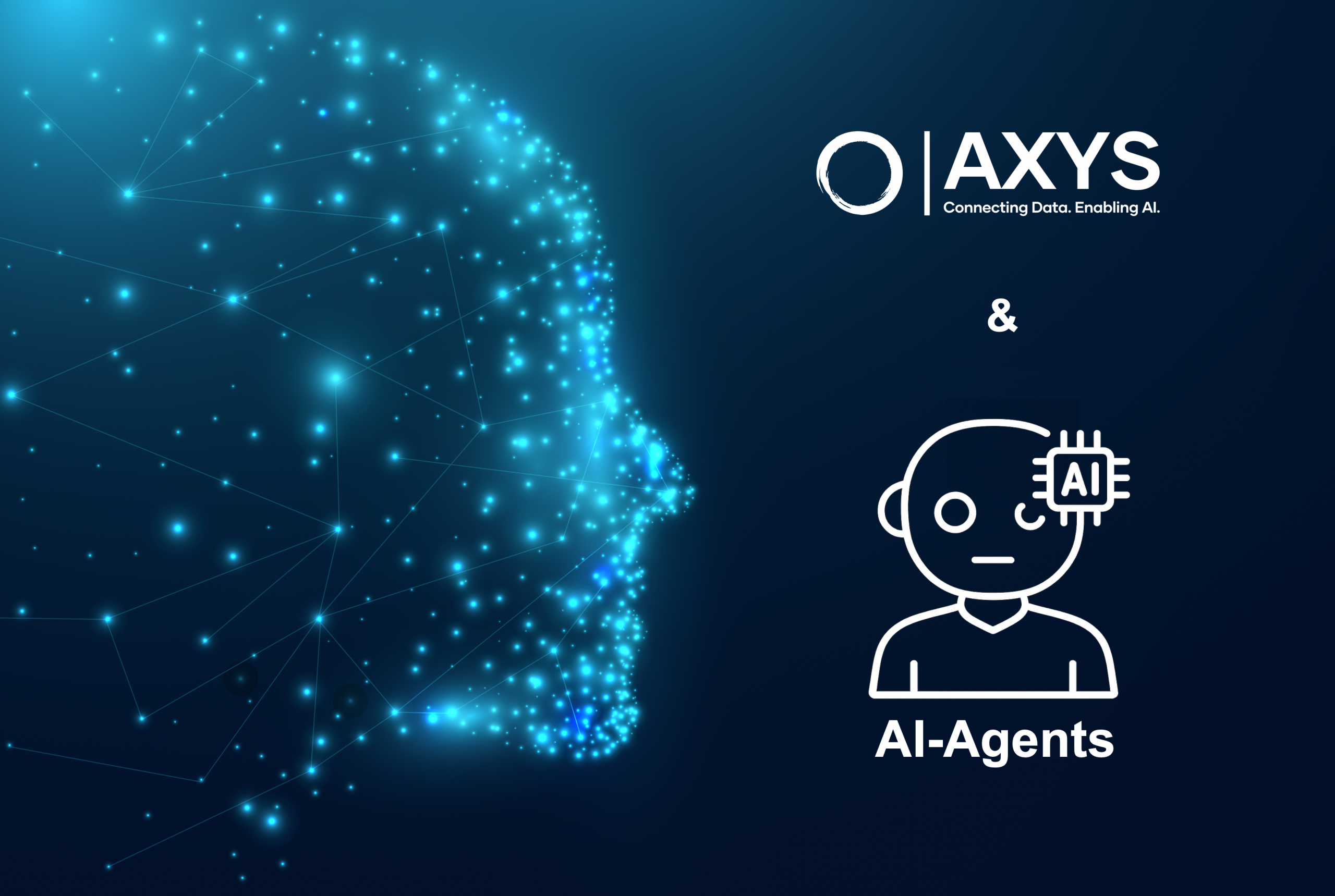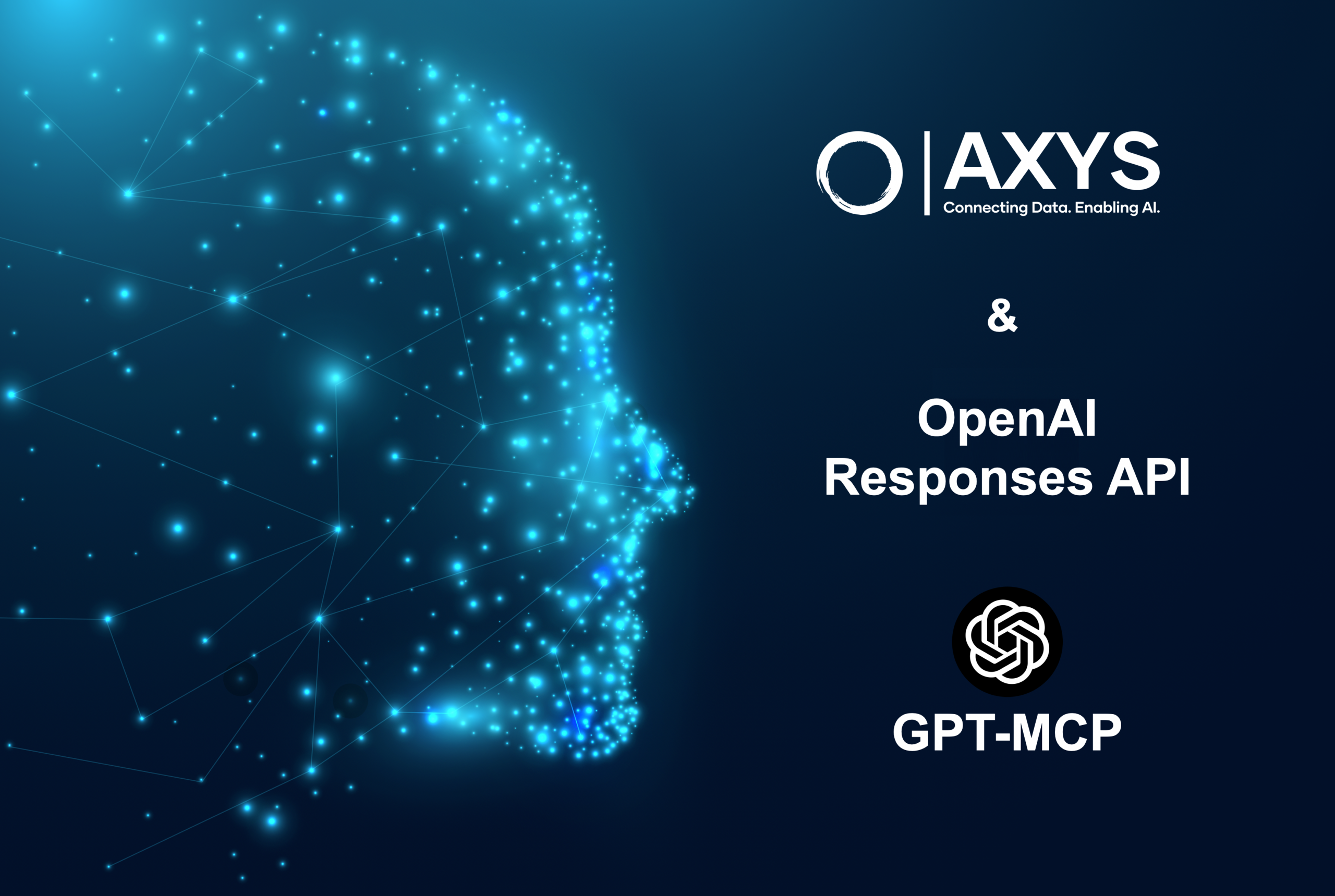The Your business relies on a lot of data; some of it’s over here, and more of it’s over there. Managing this data to provide positive experiences for your customers and employees can be challenging for organizations. A data fabric is a concept in data management. It refers to a distributed infrastructure that allows data to be shared and accessed by multiple systems and users across an organization. The goal of data fabrics is to provide a single, unified view of data that is consistent, reliable, and easily accessible, regardless of where the data is stored or how it is being used.
It typically consists of tools and technologies that enable data flow between different systems and applications. These tools may include data integration and transformation tools, data governance and security tools, and data storage and management systems.
Data fabrics typically include a variety of components, such as data connectors, data integration tools, data management platforms, and data governance frameworks, which work together to enable seamless data flow and access across the organization.
There are several key benefits to using a data fabrics:
- Improved data accessibility: It allows users to easily access and use data from various sources without worrying about the underlying data infrastructure or location.
- Enhanced data consistency: Helps to ensure that data is consistent and accurate across the organization by providing a single version of the truth.
- Increased data agility: It also allows organizations to quickly and easily adapt to changing business needs by enabling them to access and integrate data from new sources easily.
- Improved data security: It protects sensitive data by providing a centralized system for managing data access and security.
Data is an increasingly valuable asset for businesses in today’s digital landscape. A data fabric can help organizations leverage their data assets better, improve data-driven decision-making, and drive business value. By providing a centralized, unified view of data that is easily accessible and consistent. A data fabric can help organizations make more informed, data-driven decisions and, ultimately, drive better business outcomes.
What exactly are data fabrics?
It’s like a tapestry that connects data across silos, on-premises, or multiple clouds without ever having to move any data. It also helps to ensure an organization can maintain the level of governance and privacy required. Data fabric architecture allows organizations to make information quickly available across a network that connects specific data to the right people at the right time.
There are typically four layers in a data fabric architecture:
Data Sources: The data sources layer consists of the various systems and databases that contain the data being managed by the data fabric. These sources may include transactional databases, data lakes, data warehouses, and other types of data stores.
The Data Integration: The data integration layer is responsible for extracting, transforming, and loading data from various sources into the data fabric. This layer may include older tools and technologies such as ETL (extract, transform, load) platforms, data integration platforms, and data transformation tools.
Data Governance: The data governance layer ensures that the data in the data fabric is accurate, consistent, and secure. This layer may include tools and technologies such as data quality and lineage tools, data security and compliance tools, and data catalogs.
Data Consumption: The data consumption layer is where the data in the data fabric is made available to end users and applications. This layer may include tools and technologies such as data visualization and reporting tools, data analytics platforms, and data APIs (Application Programming Interfaces).
Axys data fabric solution provides these mentioned four layers; it enables organizations to manage and access data from multiple sources in a consistent, secure, and easy-to-use manner. Its architecture allows the management and integration of data from various sources, such as databases and cloud storage systems, into a unified and easily accessible format. It is designed to provide a consistent and efficient way to access, store, and process data, as well as to support advanced data analytics. It can help to improve the accuracy and efficiency of data-driven decision-making and support the development of new business insights and opportunities.
Data Preparation
Axys also provides data preparation, also known as data wrangling or data cleaning, which is transforming raw data into a format suitable for analysis. The data preparation process may include tasks such as removing outliers, filling in missing values, and transforming data into a consistent format.
In a data fabric, data preparation can be done in a centralized and automated way, making it easier for data scientists and analysts to access and work with clean and consistent data.
Data Virtualization
Axys allows different data sources to be accessed and integrated as if they were a single, virtual data source. Data virtualization enables data fabrics to access and integrate data from various sources, such as databases, data lakes, and cloud services, without the need to move or duplicate the data. This reduces the complexity and cost of data integration and allows for real-time access to data from multiple sources.
It also allows for more flexible and dynamic data access, as the virtualized data can be accessed and queried as if it were a single, unified data source. It can also mask the complexity of underlying physical data sources and provide a layer of security and data governance.
Data Integration
The integration of data is a critical component of a data fabric, enabling the aggregation and integration of data from various sources across an organization. Data integration aims to make data from different sources available and usable for analysis, reporting, and other business processes.
Axys can help to improve the accuracy and efficiency of data-driven decision-making and support the development of new business insights and opportunities.
Latest
From the blog
The latest industry news, interviews, technologies, and resources. View all postsUnlocking AI Agent Adoption: How AXYS Empowers Businesses to Scale AI with Confidence
Why AXYS Is the Missing Layer for True Business-Ready AI Agents (And Why APIs Alone Aren’t Enough)
Still thinking about it?
Let’s get started on something great
Get startedOne Comment on “Introduction to Data Fabrics”
Comments are closed.



Managing Data Risk with Data Tagging and Auto-Remediation - Unlock your data potential with AXYS Platform says:
[…] data risks and set up automated processes to trigger those actions. This can be done through data governance tools, security solutions, or other automation […]